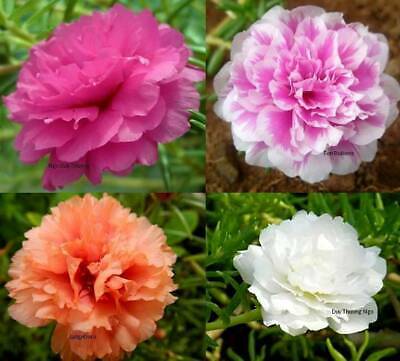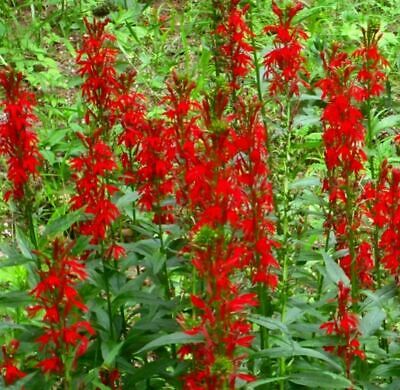-40%
Elephant Garlic (Ajo Elefante) Sorted Bulbs! Great for Fall Planting!
$ 9.5
- Description
- Size Guide
Description
Elephant garlic (Allium ampeloprasum var. ampeloprasum) is a perennial plant belonging to the onion genus. It is not a true garlic, but actually a variant of the garden leek. It has a tall, solid, flowering stalk and broad, flat leaves much like those of the leek, but forms a bulb consisting of very large, garlic-like cloves. The flavor of these, while not exactly like garlic, is much more similar to garlic than to leeks. The flavor is milder than garlic, and much more palatable to some people than garlic when used raw as in salads. It is sometimes confused with solo garlic.The mature bulb is broken up into cloves which are quite large and with papery skins and these are used for both culinary purposes and propagation.
Unlike many garlics, elephant garlic does not have to be harvested or divided each year but can be ignored and left in the ground without much risk of rotting.
Like regular garlic, elephant garlic can be roasted whole on the grill or baked in the oven, and then used as a spread with butter on toast.
Fresh elephant garlic contains mostly moisture and foams up like boiling potatoes, whether on the stove or in a glass dish in the oven.
Drying in the basement for a few months reduces the moisture content, and also bring out a fuller flavor.











